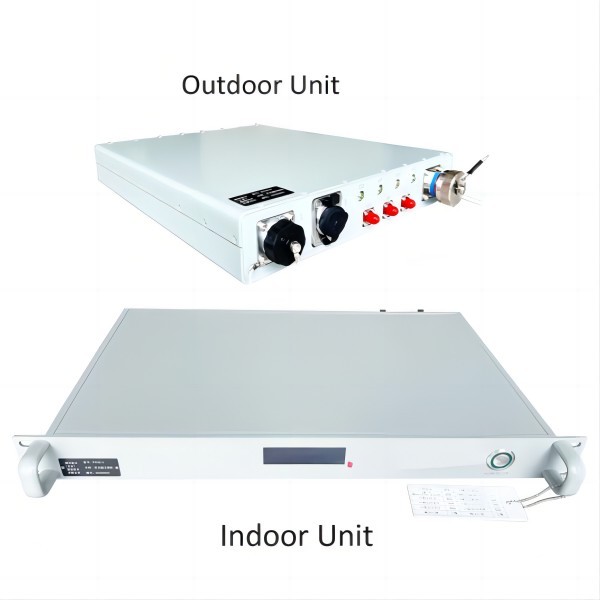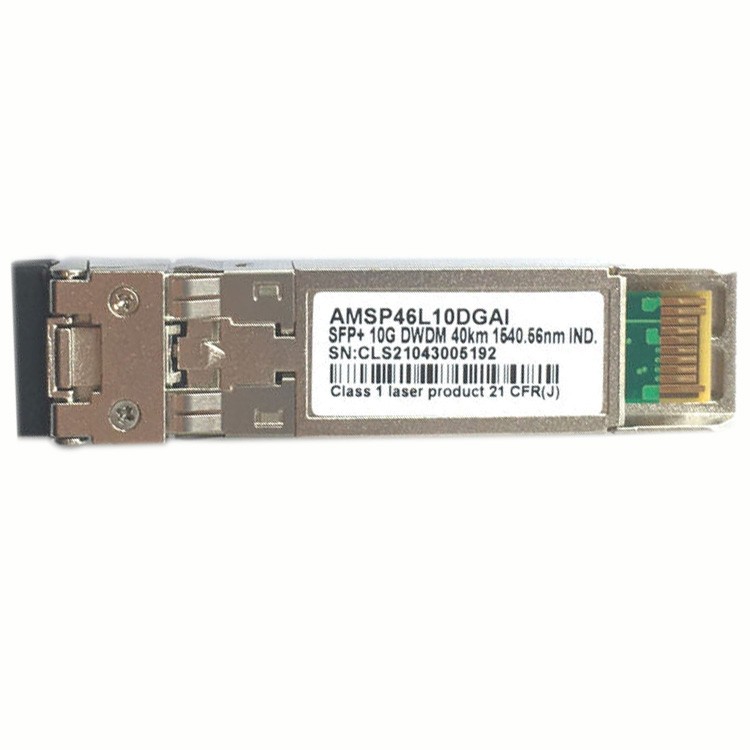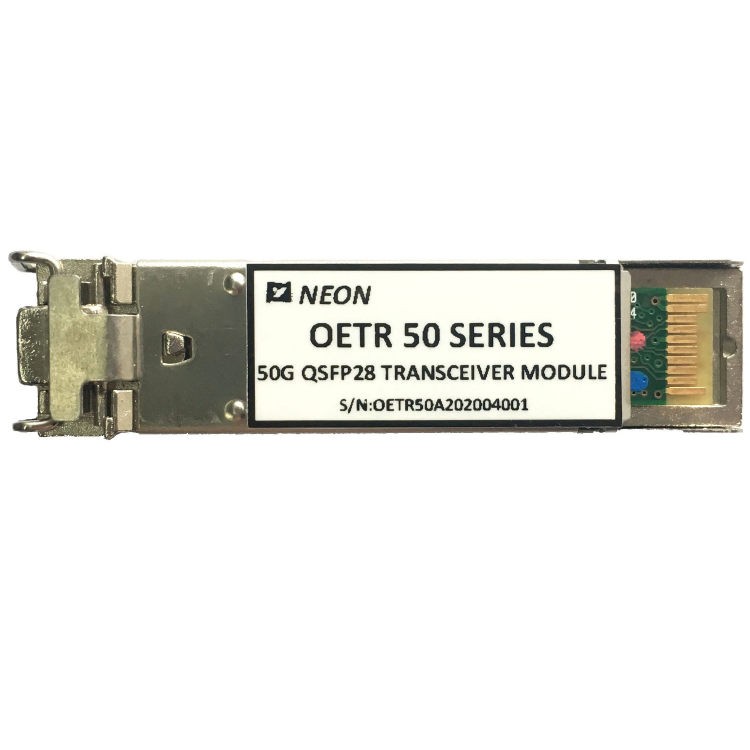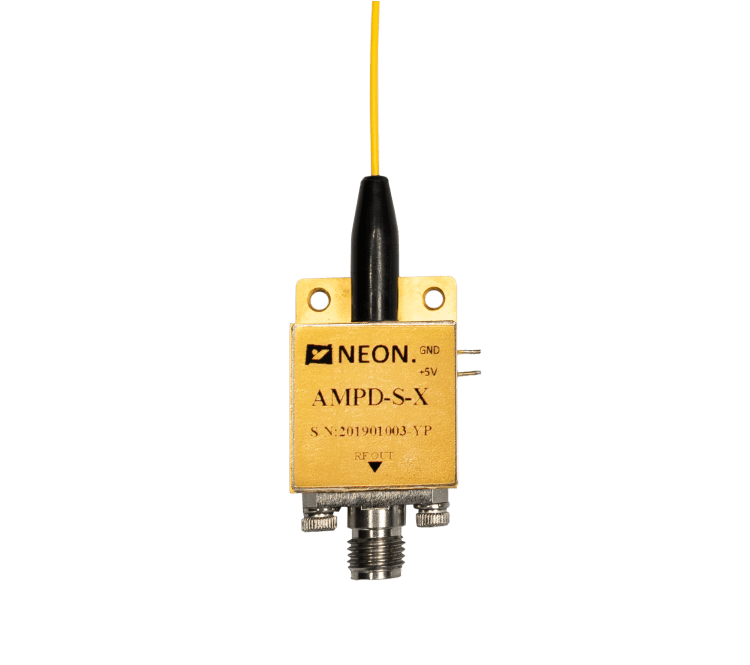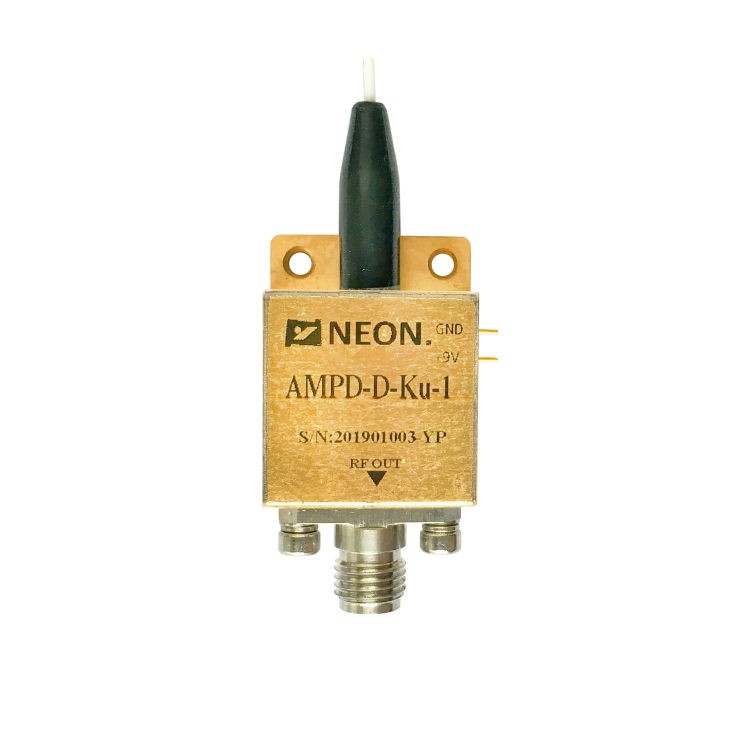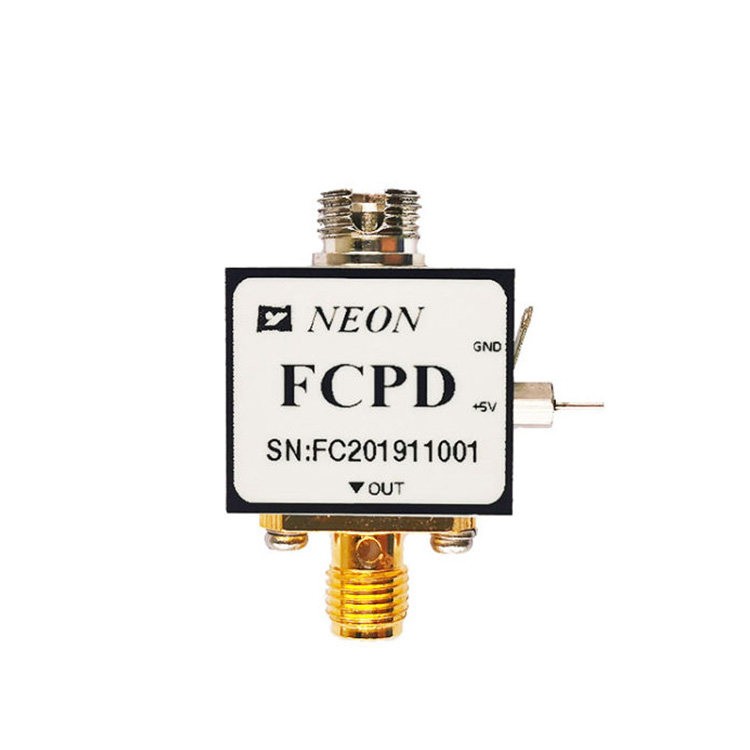The Role and Importance of Optical Transceivers in Data Communication
In the rapidly evolving landscape of data communication, optical transceivers play a crucial role in enabling high-speed, long-distance, and efficient transmission of information. These optoelectronic devices facilitate the conversion between electrical and optical signals, forming a bridge between the digital world and the realm of light. In this article, we will delve into the primary functions, types, key parameters, and considerations when using optical transceivers.

The Primary Function of Optical Transceivers
An optical transceiver serves as an essential component in the conversion between optoelectronic and electro-optic signals. It is designed to perform two main functions: transmitting electrical signals as optical signals and receiving optical signals and converting them back into electrical signals. This process enables data to be efficiently transmitted over optical fibers, offering advantages such as higher bandwidth, lower latency, and longer transmission distances compared to traditional copper-based solutions.
Common Types of Optical Transceivers
Optical transceivers come in various forms, categorized based on packaging and transmission rates. Some of the most common types include:
- SFP (Small Form-Factor Pluggable) and SFP+ transceivers, supporting rates up to 10 Gbps.
- XFP (10 Gigabit Small Form Factor Pluggable) transceivers, primarily used for 10 Gbps connections.
- QSFP+ (Quad Small Form-Factor Pluggable Plus) transceivers, supporting 40 Gbps and 100 Gbps.
- CFP (C Form-Factor Pluggable) transceivers, offering high-speed connectivity at 100 Gbps.
- DAC (Direct Attach Copper) cables, with transmission rates of 10 Gbps, 40 Gbps, and 100 Gbps.
- AOC (Active Optical Cable) assemblies, which use optical fibers for high-speed data transfer.
Common Operating Wavelengths
Optical transceivers operate at specific wavelengths based on the type of transmission and network requirements. The wavelengths are categorized into business optical transceivers and wavelength-division multiplexing (WDM) transceivers.
For business optical transceivers, common wavelengths include:
- 850nm: Multimode, suitable for transmitting distances of 100 to 500 meters.
- 1310nm: Single-mode, used for distances ranging from 2 to 40 kilometers.
- 1550nm: Single-mode, optimized for distances of 40 to 120 kilometers.
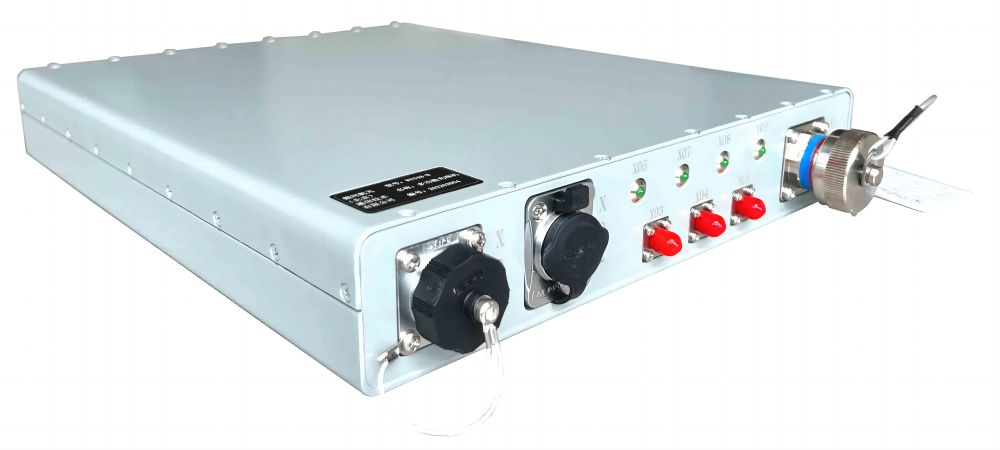
WDM transceivers are divided into coarse wavelength-division multiplexing (CWDM) and dense wavelength-division multiplexing (DWDM) transceivers:
- CWDM transceivers: Operating within the wavelength range of 1270nm to 1610nm, with 18 channels spaced 20nm apart.
- DWDM transceivers: Split into L-band and C-band. The L-band covers wavelengths from 1610.06nm to 1564.68nm, while the C-band ranges from 1563.86nm to 1530.33nm. The C-band is widely used, and its most common wavelengths are within the C21-C60 range.
Transmission Rates of Optical Transceivers
Optical transceivers are available in various transmission rates to accommodate different networking needs:
- SFP transceivers support transmission rates of 155 Mbps, 622 Mbps, 1.25 Gbps, and 2.5 Gbps.
- SFP+ transceivers are designed for 10 Gbps transmission.
- QSFP+ transceivers offer rates of 40 Gbps and 100 Gbps.
- CFP, CFP2, and CFP4 transceivers provide a transmission rate of 100 Gbps.
- DAC cables are available for 10 Gbps, 40 Gbps, and 100 Gbps transmission.
- AOC assemblies support speeds of 10 Gbps, 40 Gbps, and 100 Gbps.
Key Parameters of Optical Transceivers
Several essential parameters define the performance of optical transceivers:
- Operating Wavelength: Different wavelengths cater to various transmission distances and network requirements, including 850nm, 1310nm, 1550nm, CWDM, and DWDM.
- Transmission Rate: Expressed in bits per second (bps), the transmission rate indicates how much data can be transferred within a given timeframe. Common rates include 155 Mbps, 1.25 Gbps, 10 Gbps, 40 Gbps, and 100 Gbps.
- Transmission Distance: This parameter signifies the maximum distance over which an optical signal can be transmitted without the need for signal amplification. Distances can range from hundreds of meters for multimode transceivers to tens of kilometers for single-mode transceivers.
In addition to the primary parameters, factors such as transmitted power and received sensitivity are crucial. Adequate margin between received sensitivity and actual received power ensures reliable communication.
Considerations When Using Optical Transceivers
When using optical transceivers, several critical considerations should be taken into account:
- Optical Interface Care: The quality of the optical link is vital for optimal performance. Clean, well-maintained connectors and protective caps prevent contamination and damage.
- Signal Strength: Avoid using optical transceivers with excessive signal strength, as it can damage the module. Use attenuators, especially for connections exceeding 10 kilometers.
- Heat Dissipation: Optical transceivers generate heat, particularly at higher transmission rates. Proper cooling mechanisms are essential to prevent overheating, ensuring stable performance.
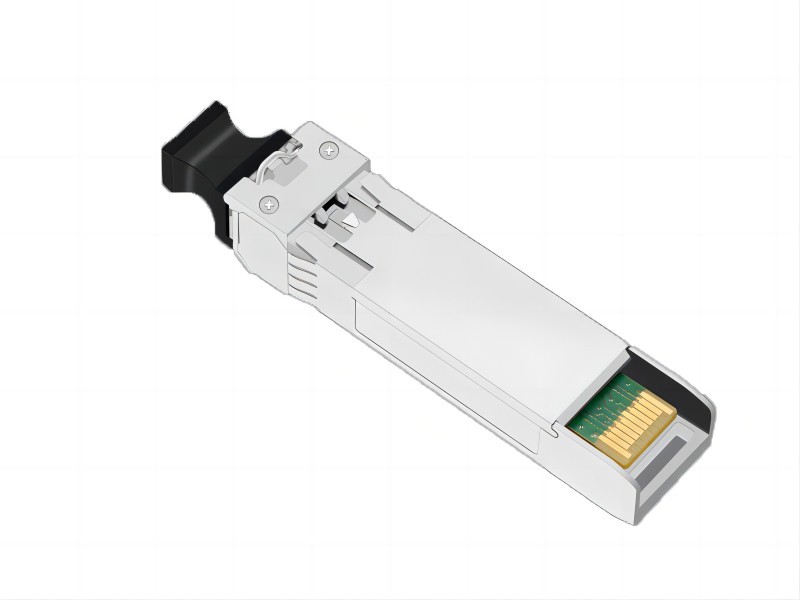
In conclusion, optical transceivers play a pivotal role in modern data communication systems, facilitating the seamless conversion between electrical and optical signals. Their versatility, scalability, and ability to transmit data over longer distances make them indispensable components in today’s interconnected world. By understanding the different types, operating wavelengths, transmission rates, and key parameters of optical transceivers, network engineers can make informed decisions to optimize the performance and reliability of their communication networks.


